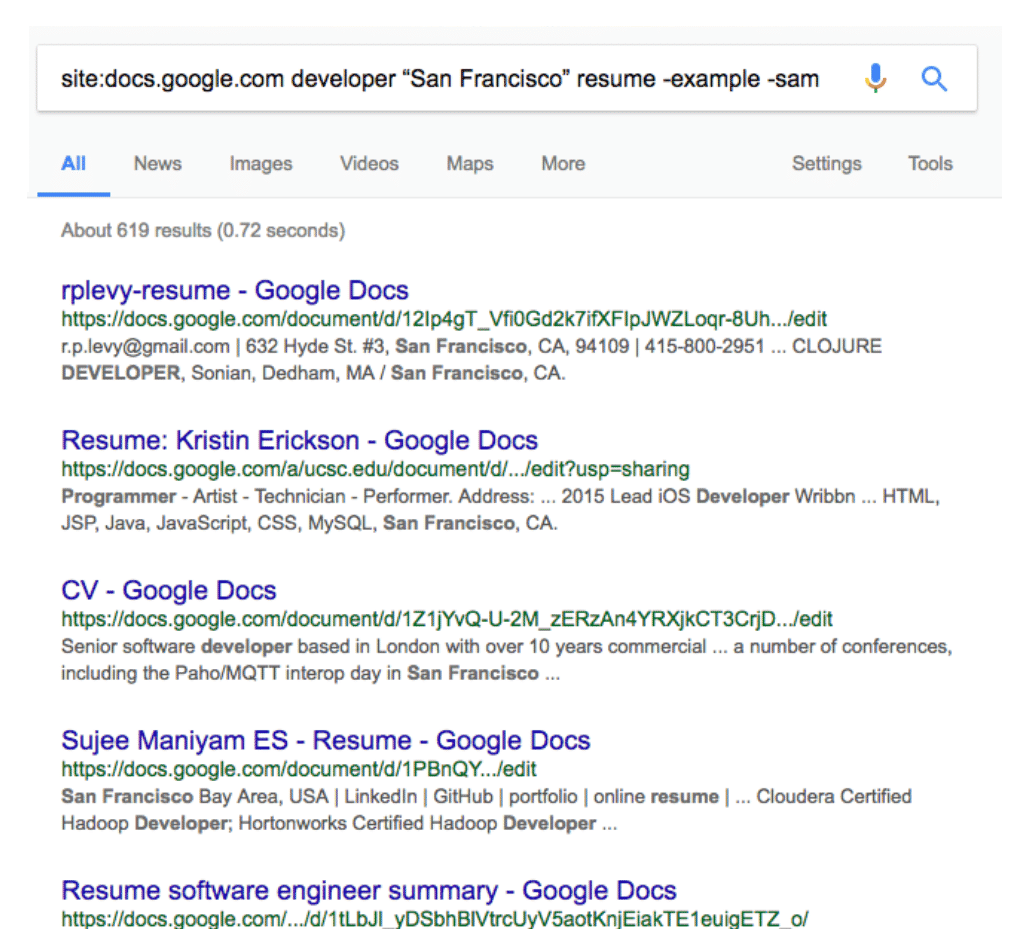Google, LinkedIn, Monster, Dice and careerbuilder and other systems used on a daily basis accept Boolean searches. Fully constructed Boolean search strings can look both confusing and complex, but don’t worry, because they aren’t! The first important thing to appreciate is that there are only five elements of syntax to understand. These are
AND
OR
NOT
() (Brackets)
“” (Quotations)
By applying these appropriately, along with the keywords you wish to consider, you can create a huge range of search operations. There is no limit to how often you can use any of these elements in a search, so you can create very specific search strings, which will save you a lot of time in filtering the results.
AND
AND is the simplest function to
apply. Any search terms that follow an AND command must appear in the result.
For example:
engineer AND “senior developer”
will give results that include both
the word engineer and the phrase “senior developer”. All search results will
include both, and any CVs that have either engineer or “senior developer” (but
not both) will not appear.
OR
OR provides options into a search.
Usage of the OR command allows you to create a list of possibilities for which
only one match is important. For example, the following search phrase would
give you results that contain one or more of the stated words:
hospitality OR catering OR hotelier
NOT
NOT is the command of exclusion. If
there are closely related terms that mean very different things, then usage of
the NOT command is extremely valuable. An example could be as follows:
architect NOT “software architect”
“” – Quotation Marks
You will have noticed that I have
used the “” expression above in some examples already, wrapped around
particular keywords. These quotation marks are used to capture a phrase that is
to be kept intact, in the precise word order stated. Not using “” around a
phrase will mean that each word is treated separately, usually with an assumed
AND in between each one. For example:
pork sandwich
would give results that contain
‘pork‘ and ‘sandwich‘, but not necessarily in the same sentence or paragraph!
“pork sandwich”
would give results that only
contain the phrase ‘pork sandwich‘
() – Brackets
Using brackets is essential for
complex search strings, and it can be their application that causes the most
confusion. Essentially, a clause within brackets is given priority over other
elements around it. The most common place that brackets are applied by
recruiters is in the use of OR strings. Perhaps a good example would be company
names. You have a list of target companies from where you wish to find your
talent, and a candidate can have worked at any one (or ideally several) of
them. You might initially construct a command like this:
IBM OR Oracle OR “Red Hat” OR
Microsoft
These are all large companies
though, so any search like this is likely to generate a large number of
results. If you wanted to find just individuals who have reached Manager or
Director level, then you might use the following command:
“Manager” OR “Director”
To combine both commands into one
search, we use brackets to tell the search engine that these are separate
conditions. In order to tell the search engine that we want to see results
containing either Manager or Director and also one of IBM, Oracle, Red Hat, or
Microsoft, we group them like this:
(“Manager” OR “Director”) AND (IBM
OR Oracle OR “Red Hat” OR Microsoft)
It makes no difference which order
the two bracketed sections go; the same results will result either way.

No comments:
Post a Comment